Inductive Learning in AI
Overview
The way humans engage with technology has been fundamentally changed by artificial intelligence (AI). We can now solve complicated problems quickly and effectively thanks to it. Machine learning, which is the act of teaching a computer system to identify patterns in data and generate predictions based on that analysis, is one of the fundamental elements of AI. Inductive learning is a subset of machine learning that uses algorithms to infer generalizations from specific cases. An overview of inductive learning in AI, including its foundational ideas, use cases, and algorithm, is discussed in this article.
Introduction
Inductive learning is a type of machine learning that aims to identify patterns in data and generalize them to new situations. The inductive learning algorithm (ILA) creates a model based on a set of training examples that are then used to predict new examples. Inductive learning is often used in supervised learning, where the data is labeled, meaning the correct answer is provided for each example. Based on these labeled examples, the model is then trained to map inputs to outputs.
The Fundamental Concept of Inductive Learning
Inductive learning algorithms are used in a variety of applications, including credit risk assessment, disease diagnosis, face recognition, and autonomous driving.
Credit Risk Assessment
One of the most significant inductive learning applications in AI is credit risk assessment. The goal of credit risk assessment is to predict the probability that a borrower will be incapable of repaying a loan (or other kind of credit). By looking at a borrower's financial records and other important factors, lenders can use credit risk assessment to make knowledgeable choices about whether to offer credit and on what conditions.
Inductive learning algorithms can be used to analyze a wide range of financial data to predict credit risk. Large databases of past borrower data can be used to train these algorithms so they can discover trends and pinpoint the variables that most accurately predict credit risk.
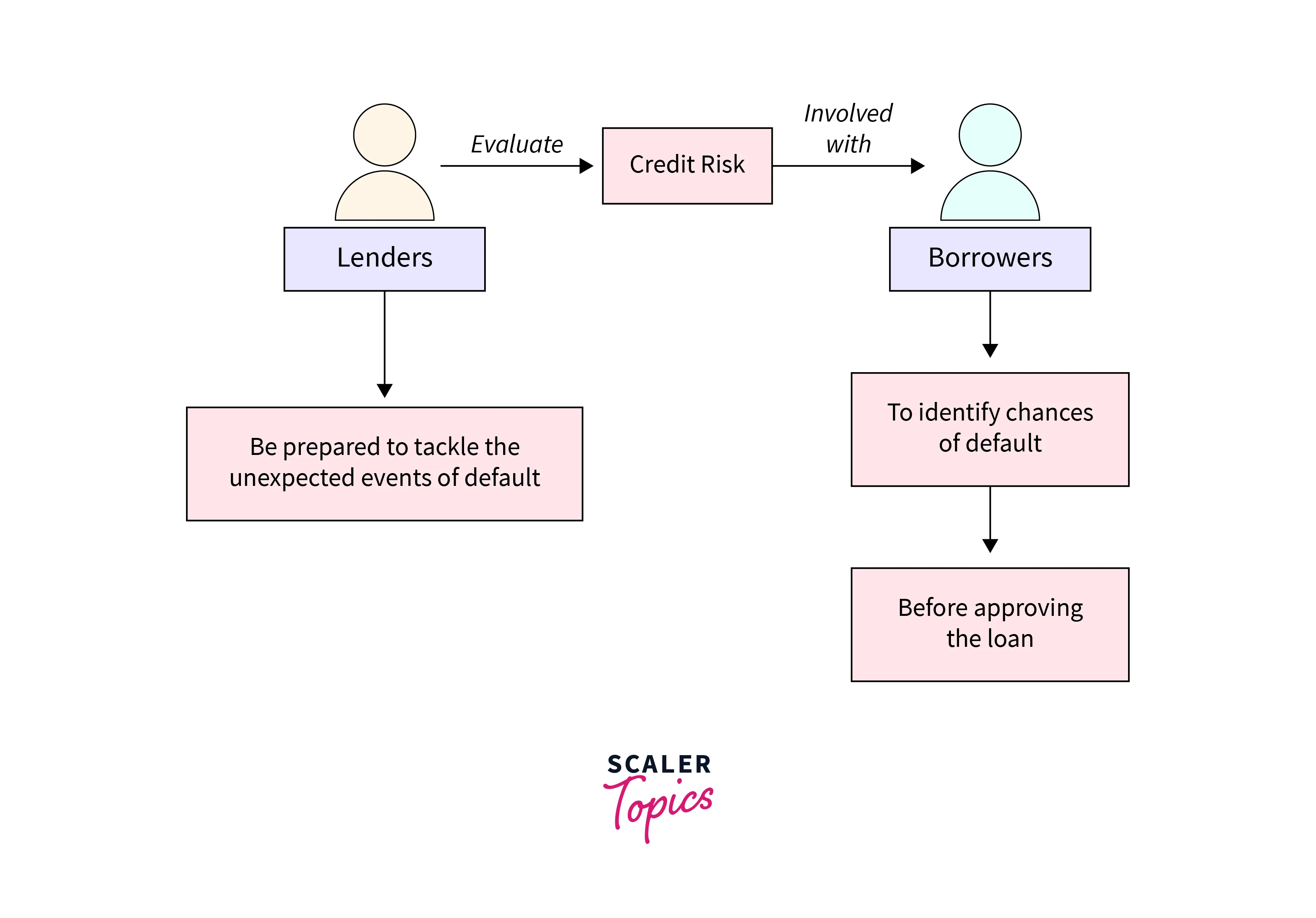
The potential for lenders to consider various criteria when making decisions regarding credit is one of the main advantages of inductive learning for credit risk assessment. Conventional credit risk assessment methods frequently rely on a small collection of unreliable or biased variables, like income and credit score. On the other hand, inductive learning algorithms can examine a considerably wider range of elements, including social media activity, debt-to-income ratios, and employment histories, to produce more precise and sophisticated credit risk evaluations.
Inductive learning algorithms for credit risk assessment may also be more flexible and adaptable in addition to being more accurate. They can be updated with fresh information as it becomes available, enabling lenders to continuously improve their evaluations of credit risk based on the most recent data. This is especially critical given the current economy's rapid economic change and emerging new financial products and services.
Disease Diagnosis
Disease diagnosis is another important application of inductive learning in AI. With the help of inductive learning algorithms, doctors and other medical professionals can use data to make more accurate and timely diagnoses of various diseases.
One of the key benefits of inductive learning in disease diagnosis is the ability to analyze large datasets of medical information, including patient histories, lab results, and imaging data. Inductive learning algorithms can find patterns and trends by examining these big datasets that could be challenging for medical professionals to spot on their own.
For example, huge collections of medical pictures, such as X-rays or MRIs, can be analyzed using inductive learning algorithms to assist in the diagnosis of illnesses like cancer and heart disease. Inductive learning algorithms can learn to recognize patterns and anomalies that may be challenging for human doctors to spot. In the long run, patients would gain since earlier and more accurate diagnoses might arise from this.
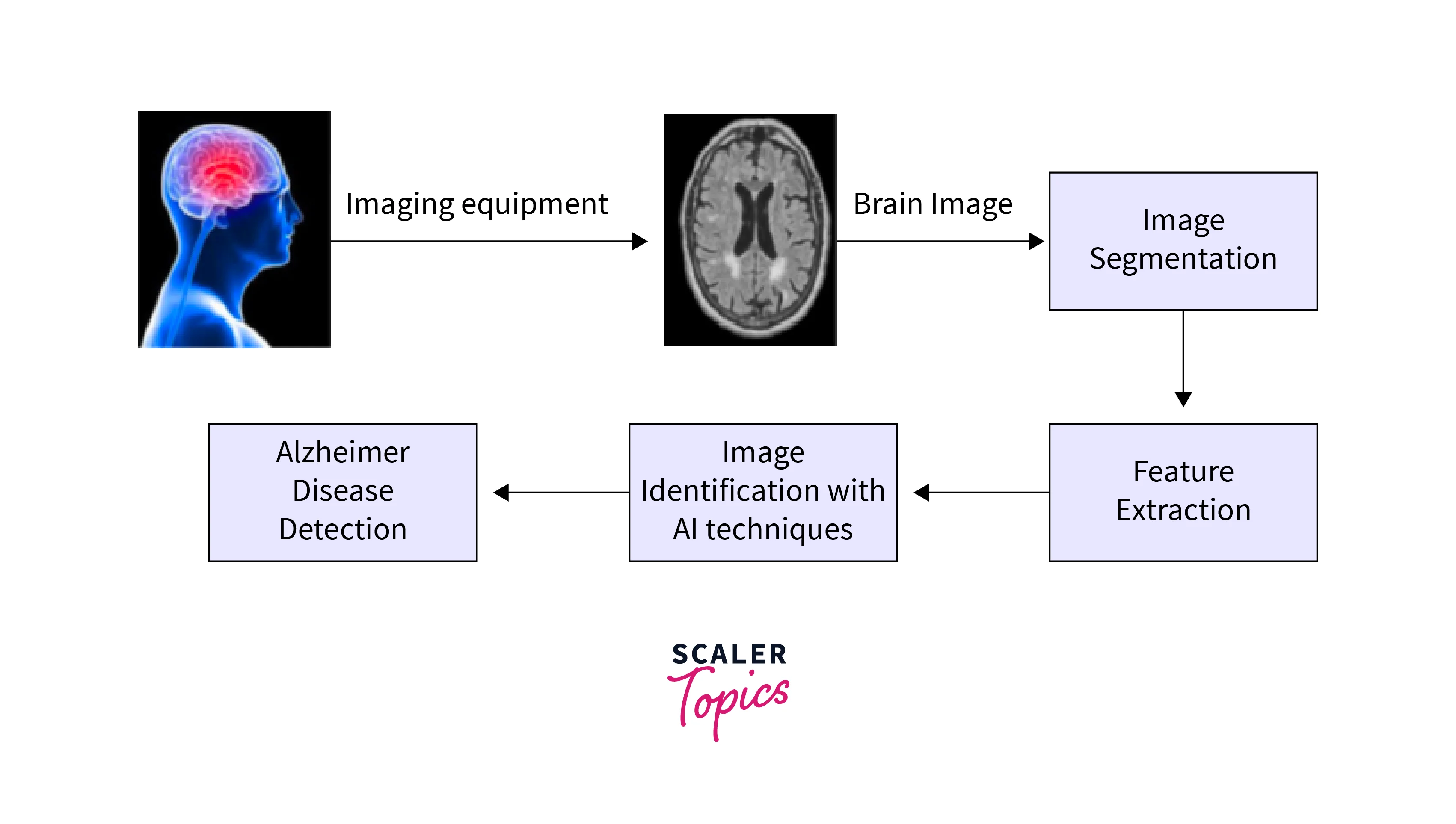 We can use inductive learning to examine patient data, including medical histories, symptoms, and lab findings to diagnose various diseases. Inductive learning algorithms can learn to recognize patterns and trends that are suggestive of particular diseases or disorders by examining vast datasets of patient data. This can aid medical professionals in developing more precise diagnoses and efficient treatment methods.
We can use inductive learning to examine patient data, including medical histories, symptoms, and lab findings to diagnose various diseases. Inductive learning algorithms can learn to recognize patterns and trends that are suggestive of particular diseases or disorders by examining vast datasets of patient data. This can aid medical professionals in developing more precise diagnoses and efficient treatment methods.
Face Recognition
Face recognition is a widely used application of inductive learning in AI. Face recognition seeks to recognize people based on their facial features, which can be helpful for various applications, from social media and marketing to security and surveillance.
We can train inductive learning algorithms on large facial picture data datasets to discover patterns and pinpoint distinctive traits for every person. Inductive learning algorithms can properly identify people with a high degree of accuracy by analyzing face traits such as the distance between the eyes, the curve of the nose, and the curvature of the lips.
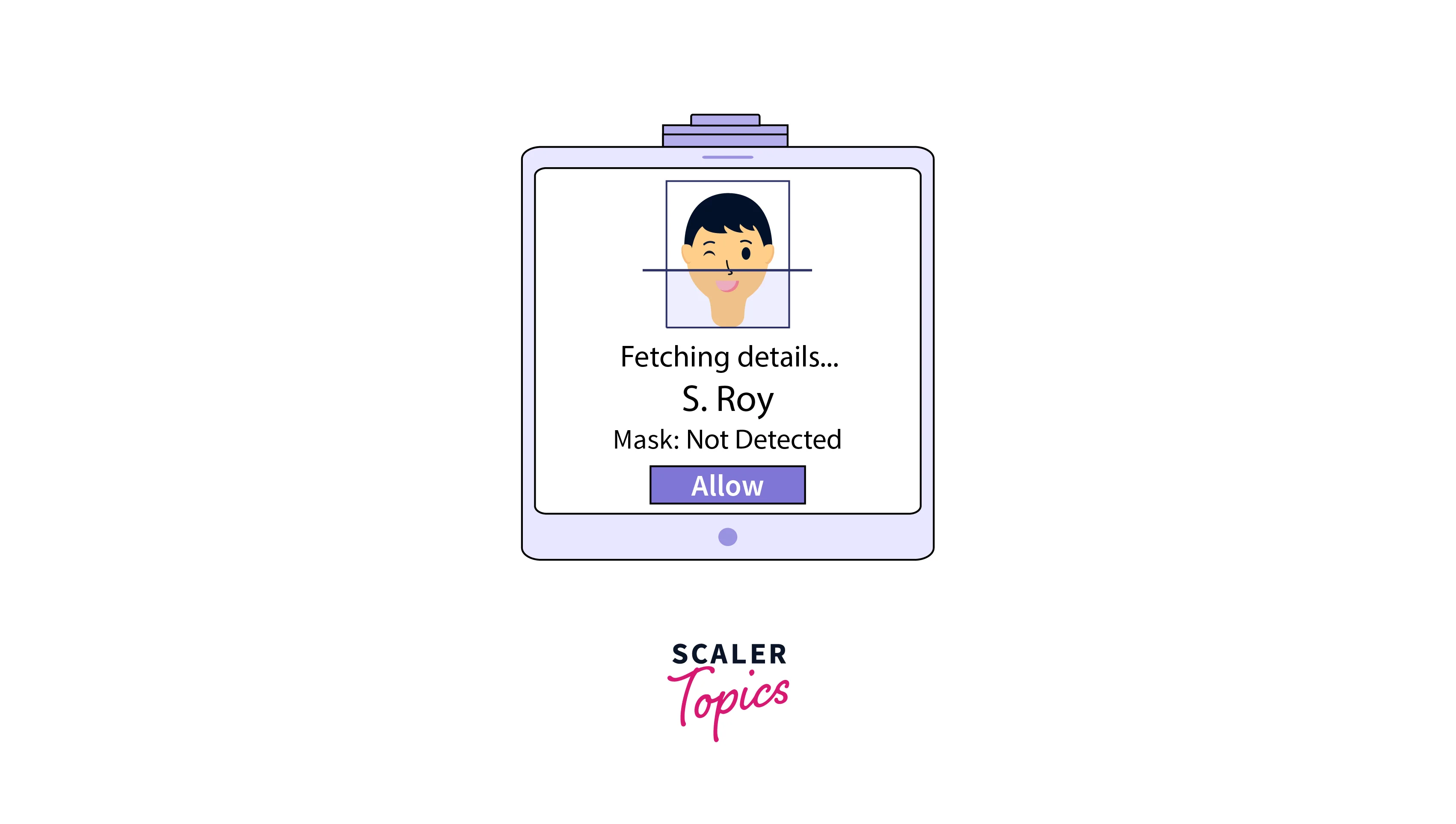 One of the key benefits of inductive learning for face recognition is that it can adapt to new data and changing conditions. For example, in a security or surveillance context, inductive learning algorithms can learn to recognize individuals under various lighting and environmental conditions, including different angles, lighting, and facial expressions. This makes them more reliable and effective than traditional face recognition systems, which may struggle to accurately identify individuals under changing conditions.
One of the key benefits of inductive learning for face recognition is that it can adapt to new data and changing conditions. For example, in a security or surveillance context, inductive learning algorithms can learn to recognize individuals under various lighting and environmental conditions, including different angles, lighting, and facial expressions. This makes them more reliable and effective than traditional face recognition systems, which may struggle to accurately identify individuals under changing conditions.
We can also use inductive learning algorithms to improve the accuracy of facial recognition systems over time. By continually training on new data and incorporating new features into the recognition process, inductive learning algorithms can improve their accuracy and reduce the likelihood of false positives and false negatives.
Automatic Steering (Autonomous Driving)
Automatic steering, or autonomous driving, is another important application of inductive learning in AI. Autonomous driving aims to develop self-driving vehicles that can operate safely and efficiently on public roads and highways without human intervention.
We can use inductive learning algorithms in various ways to support autonomous driving. For example, we can use them to analyze large datasets of sensor data, such as Lidar (Light Detection and Ranging), Radar, and camera data, to identify and track objects on the road, including other vehicles, pedestrians, and obstacles. By learning to recognize and respond to these objects, inductive learning algorithms can help self-driving vehicles operate safely and avoid accidents.

Another important application of inductive learning in autonomous driving is route planning and optimization. By analyzing traffic patterns, road conditions, and other factors, inductive learning algorithms can help self-driving vehicles plan the most efficient and safe route to their destination while avoiding congestion, accidents, and other hazards.
Inductive learning algorithms can also be used to improve the performance and reliability of self-driving vehicles over time. By continually analyzing data on driving behavior and road conditions, inductive learning algorithms can identify patterns and trends that can be used to improve the performance and safety of self-driving vehicles.
Applications
Inductive learning algorithms are used in a variety of applications, including:
Problems in which no human expertise is available
Inductive learning algorithms are beneficial for solving problems in which no human expertise is available. This is because these algorithms can learn from large datasets and discover patterns and relationships that may take time to become evident to humans. Some examples include:
-
Bioinformatics: In the field of bioinformatics, we can use inductive learning algorithms to analyze large datasets of genetic and molecular data to identify relationships between genes and diseases. This is a complex problem that requires a deep understanding of genetics, but we can train inductive learning algorithms to recognize patterns and relationships that may not be immediately apparent to human researchers. For example, consider a scenario where researchers aim to understand the genetic factors contributing to a specific disease, such as cancer. With inductive learning algorithms, they can input genetic data from thousands of patients, including gene expressions, mutations, and clinical outcomes. The algorithms can then analyze this data, identify common patterns, and discover genetic features associated with the disease. This knowledge can further aid in predicting disease risk, optimizing treatment strategies, and even identifying potential therapeutic targets.
-
Speech Recognition: Another example of a problem in which no human expertise is available is speech recognition. While humans are naturally skilled at recognizing speech and understanding language, the underlying processes that enable this ability are complex and difficult to understand. Inductive learning algorithms can be used to analyze large datasets of speech and language data to identify patterns and relationships that can be used to improve the accuracy and reliability of speech recognition systems.
-
Finance and Economics: We can also use inductive learning algorithms to analyze complex data sets in fields such as finance and economics. For example, we can use these algorithms to analyze stock market data to identify trends and patterns that can be used to make better investment decisions. In certain scenarios, the complexity of the data may surpass human capacity to make precise predictions. Still, we can train inductive learning algorithms to recognize patterns and relationships that we can use to make more accurate predictions.
Humans can complete the task, but no one knows how to do it
Inductive learning algorithms are also helpful in solving problems in which humans can complete the task, but no one knows how to do it. In these cases, the task is often too complex for humans to explain clearly and concisely, but humans can still complete the task successfully through trial and error. Some examples include:
-
Robotics: For example, in the field of robotics, we can use inductive learning algorithms to teach robots how to perform complex tasks, such as grasping and manipulating objects, based on trial and error. Humans can complete these tasks naturally, but it is difficult to explain the precise sequence of required movements and actions. By observing humans performing the task and analyzing the data, inductive learning algorithms can learn how to perform it themselves.
-
Games: Another example of a problem in which humans can complete a task, but no one knows how to do it is game playing. In games such as Chess and Go, human experts can play at a very high level, but it is difficult to explain exactly how they can do so. Again, we can use inductive learning algorithms to analyze large datasets of gameplay and identify patterns and strategies that we can use to play the game at a high level.
-
Nuclear Power Plants: We can also use inductive learning algorithms to solve problems in which humans are able to complete the task through trial and error, but the task is too dangerous or expensive for humans to perform. For example, in the field of nuclear power plant maintenance, inductive learning algorithms can be used to teach robots how to perform complex maintenance tasks in hazardous environments based on trial and error.
Problems where the desired function is frequently changing
Inductive learning algorithms are particularly well-suited for solving problems where the desired function changes frequently. In these situations, traditional machine learning algorithms may not be effective because they require a fixed training dataset and cannot adapt to changing conditions. Some examples include:
-
Fraud Detection: For example, in the field of fraud detection, the task is to identify fraudulent transactions. However, fraudsters are constantly changing their techniques, which means that traditional machine-learning algorithms may be unable to keep up. Inductive learning algorithms can adapt to changing conditions by continually updating their models based on new data, which can help them identify new fraud patterns as they emerge.
-
Chatbots: In Natural Language Processing (NLP), we can use inductive learning algorithms to develop chatbots and other conversational AI systems that can adapt to the language and user behavior changes. As users interact with the system and provide feedback, the algorithm can learn from this feedback and update its model to understand the user's intent better and respond more accurately.
-
E-commerce: Another example of a problem where the desired function is frequently changing is e-commerce. Online retailers are constantly changing their pricing and promotion strategies, which means that algorithms used to optimize pricing and marketing campaigns must adapt quickly to changing conditions. We can use inductive learning algorithms to analyze real-time data on user behavior and sales performance, identify new patterns and trends, and update pricing and marketing algorithms accordingly.
Problems where each user requires a unique function
Problems where each user requires a unique function are known as personalized problems. These problems are particularly challenging because the desired function for each user is different, which means that traditional machine-learning algorithms may not be effective.
Inductive learning algorithms, however, are well-suited for solving personalized problems. These algorithms can analyze user behavior and feedback to develop a unique model for each user, which can help to improve the accuracy of predictions and recommendations.
-
Healthcare: One example of a personalized problem is in the healthcare field. Each patient has unique medical history, symptoms, and lifestyle factors, which means that the optimal treatment plan for each patient may differ. We can use inductive learning algorithms to analyze patient data and develop personalized treatment plans considering each patient's unique characteristics.
-
Recommendation Systems: Another example of a personalized problem is in the field of recommender systems. Traditional recommender systems use collaborative filtering to recommend products or services to users based on the behavior of similar users. However, this approach may not be effective for users with unique preferences or tastes. We can use inductive learning algorithms to develop personalized recommendations that consider each user's preferences and behavior.
-
Education: In the field of education, personalized learning is becoming increasingly popular as a way to improve student outcomes. We can use inductive learning algorithms to analyze student data and develop personalized learning plans considering each student's learning style, strengths, and weaknesses.
Inductive Learning for Risk Classification
One of the most common applications of inductive learning is in risk classification, where the goal is to predict the likelihood of a particular event occurring. Risk classification includes business loan evaluation, bond-rating, and bankruptcy prediction.
Business loan evaluation
Business loan evaluation involves assessing a company's creditworthiness before granting a loan. Inductive learning algorithms can analyze a company's financial data, such as revenue, debt, and profit, to predict the likelihood of defaulting on the loan. The algorithm can then provide a risk score that is used to determine the interest rate and terms of the loan.

Bond-rating
Bond rating involves assessing the creditworthiness of a bond before investing in it. Inductive learning algorithms can analyze a bond's financial data, such as the issuer's credit rating, interest rate, and maturity, to predict the likelihood of defaulting on the bond. The algorithm can then provide a risk score that is used to determine the investment strategy.
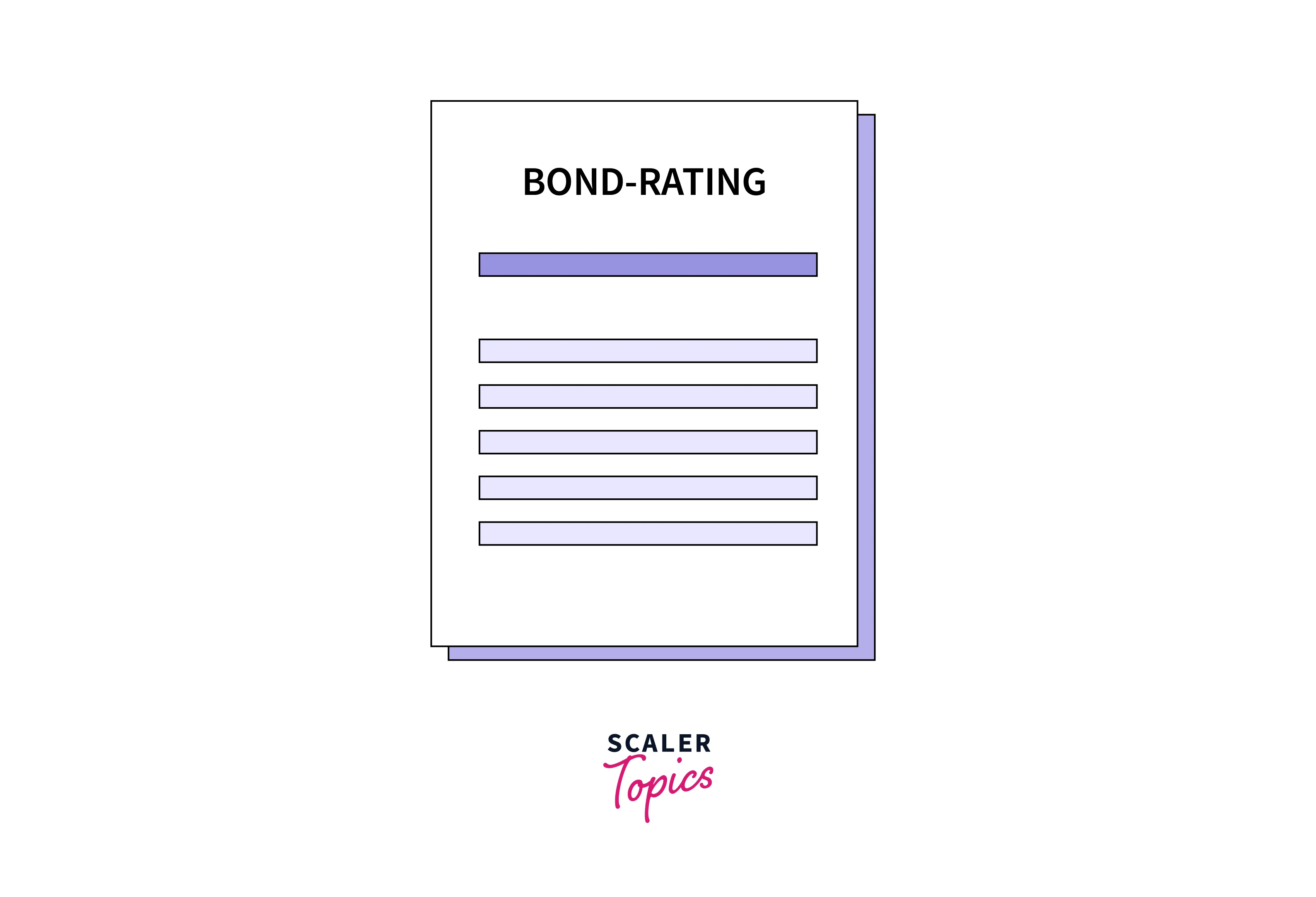
Prediction of Bankruptcy
Prediction of bankruptcy involves assessing the likelihood of a company filing for bankruptcy. Inductive learning algorithms can be used to analyze a company's financial data, such as profitability, liquidity, and solvency, to predict the likelihood of filing for bankruptcy. The algorithm can then provide a risk score that is used to make investment decisions.
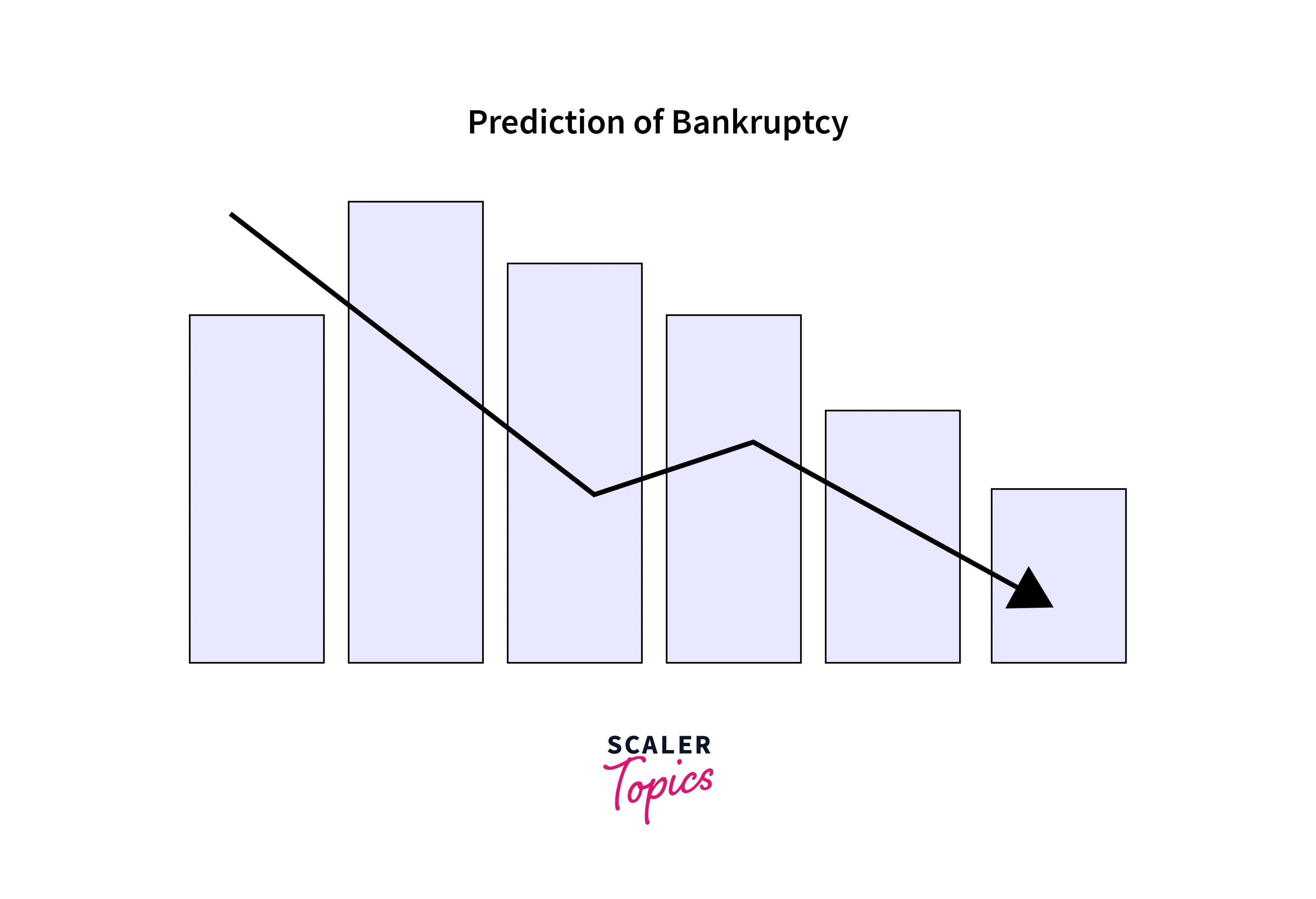
Inductive Learning Algorithm (ILA)
Inductive learning algorithms (ILA) are used to create models that can learn from examples and make predictions based on those examples. The ILA involves the following steps:
-
Data collection: Collect data from a variety of sources, including databases, sensors, and human input.
-
Data preparation: Clean, transform, and pre-process the data to ensure that it is in a format suitable for training the model.
-
Feature extraction: Identify the relevant features of the data that will be used to train the model.
-
Model training: Use the labelled data to train the model to map inputs to outputs.
-
Model testing: Use a separate set of data to test the accuracy and performance of the model.
-
Model deployment: Use the model to make predictions in new situations.
Inductive learning algorithms can be further classified into two categories: instance-based learning and model-based learning.
- Instance-based learning involves storing all the labeled examples in memory and using them to predict new situations.
- Model-based learning involves creating a mathematical model of the data that can be used to make predictions in new situations.
One of the key advantages of ILA is its ability to learn from examples without prior knowledge of the underlying structure or relationships in the data. This makes it well-suited for solving complex problems where one may not well under the relationship between the input variables and the output variables.
Another advantage of ILA is its ability to adapt to changes in the data over time. Since the algorithm is based on learning from examples, it can continue to improve its accuracy and performance as new data becomes available.
Several types of ILA exist, including decision tree algorithms, rule-based algorithms, and neural networks. Each type of algorithm has its own strengths and weaknesses, and the choice of algorithm will depend on the specific problem being addressed.
Conclusion
- Inductive learning is a powerful technique that is widely used in AI to make predictions and decisions based on specific examples.
- We can use inductive learning algorithms in various applications, including credit risk assessment, disease diagnosis, face recognition, and autonomous driving.
- We can also use inductive learning algorithms in risk classification, where the goal is to predict the likelihood of a particular event occurring.
- The ILA involves the collection, preparation, and transformation of data, feature extraction, model training, model testing, and model deployment.
- With the increasing availability of data and advances in computing power, inductive learning algorithms will continue to play a critical role in AI.
